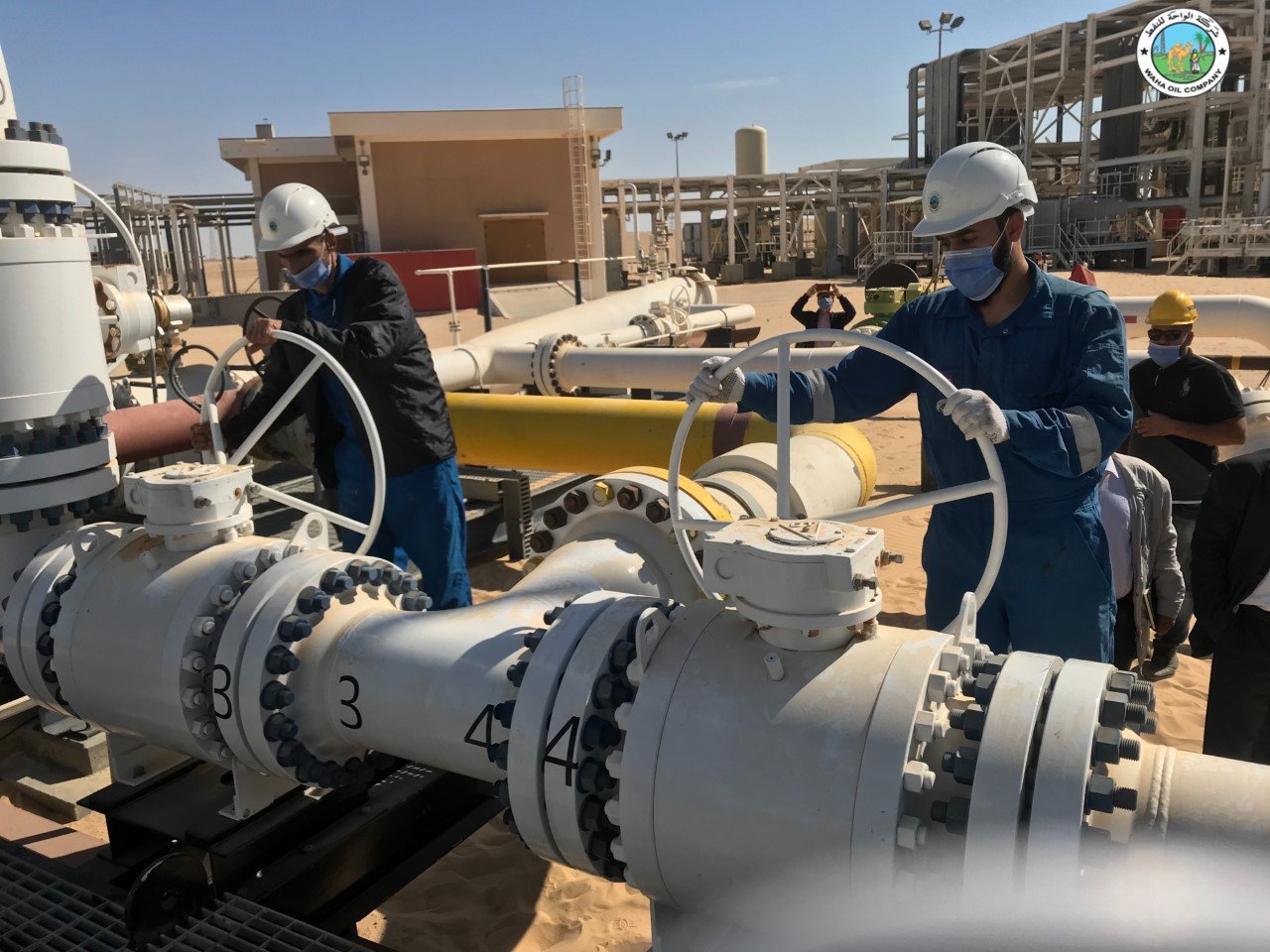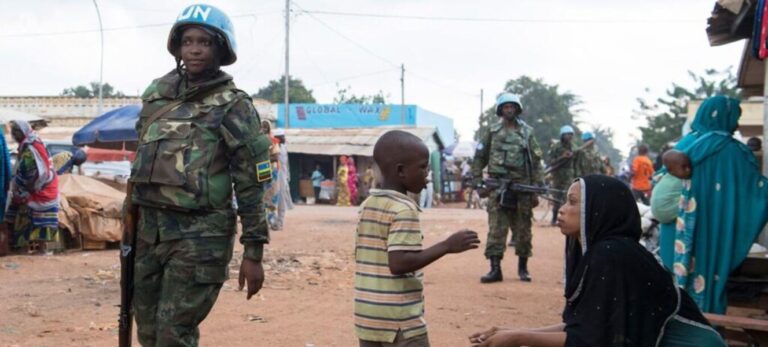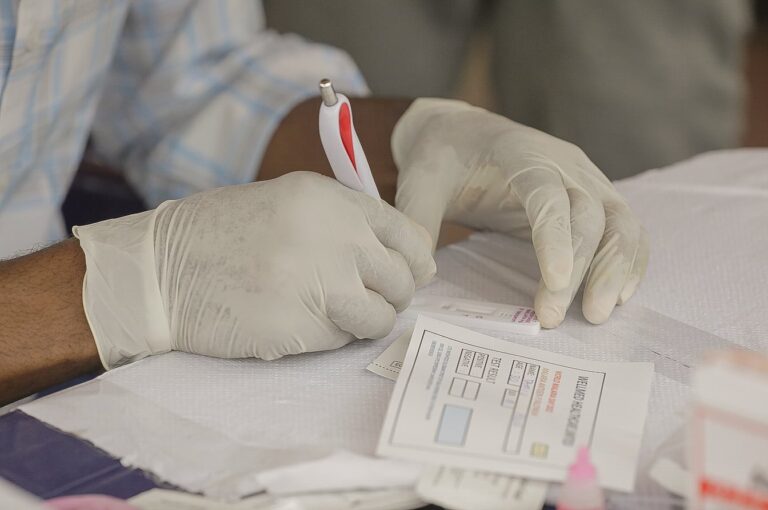
Nearly fifteen years after the fall of Muammar Gaddafi, Libya is struggling to emerge from a prolonged period of political chaos and economic collapse.
Despite being home to Africa’s largest proven oil reserves, the country has grappled with armed conflict, institutional fragmentation, and shattered infrastructure.
Now, the announced return of oil giants BP and Shell is injecting fresh hope for economic revival — but significant hurdles remain.
The Libyan crisis began amid the Arab Spring uprisings of 2011. Inspired by revolts in Tunisia and Egypt, protests against Gaddafi’s four-decade authoritarian rule escalated into civil war. NATO-backed rebels eventually toppled the regime, with Gaddafi killed in October 2011.
Yet the dictator’s demise failed to bring peace. Instead, Libya fractured into rival factions — a UN-supported government in Tripoli clashed with the eastern Libyan National Army led by Khalifa Haftar, and numerous militias and tribal groups vied for control.
This political disarray has devastated Libya’s economy. Once producing 1.6 million barrels of oil daily, the country’s lifeblood was crippled by sabotage, blockades, and the flight of foreign experts.
Oil revenue, which accounted for over 95% of exports, plummeted, leaving the state financially crippled amid soaring inflation, unemployment, and deteriorating services.
Since 2021, a fragile unity government has sought to restore stability. Central to this is the Libyan National Oil Corporation’s (NOC) effort to revive the oil sector.
The recent announcement that BP and Shell will return to Libya by the end of 2025 marks a critical milestone.
Their involvement — spanning exploration, development, and facility upgrades — signals renewed investor confidence and a push to raise output back to pre-conflict levels.
Currently producing around 1.4 million barrels per day, Libya aims to reach 1.6 million in the short term, with a medium-term target of 2 million barrels through infrastructure investment and new wells.
The government also hopes to enhance refining capacity and improve security to attract further international partners.
Yet, challenges loom large. Political rivalries persist, corruption and lack of transparency hamper investment, and disputes over oil revenue sharing threaten to reignite tensions between East and West.
Libya’s heavy dependence on oil also leaves its economy vulnerable to global market swings.
Still, the return of major energy companies alongside cautious political progress offers a rare window for Libya to turn a new page — from a country trapped in conflict to one fueled by the promise of economic recovery.



